SUMMARY
This is AI generated summarization, which may have errors. For context, always refer to the full article.
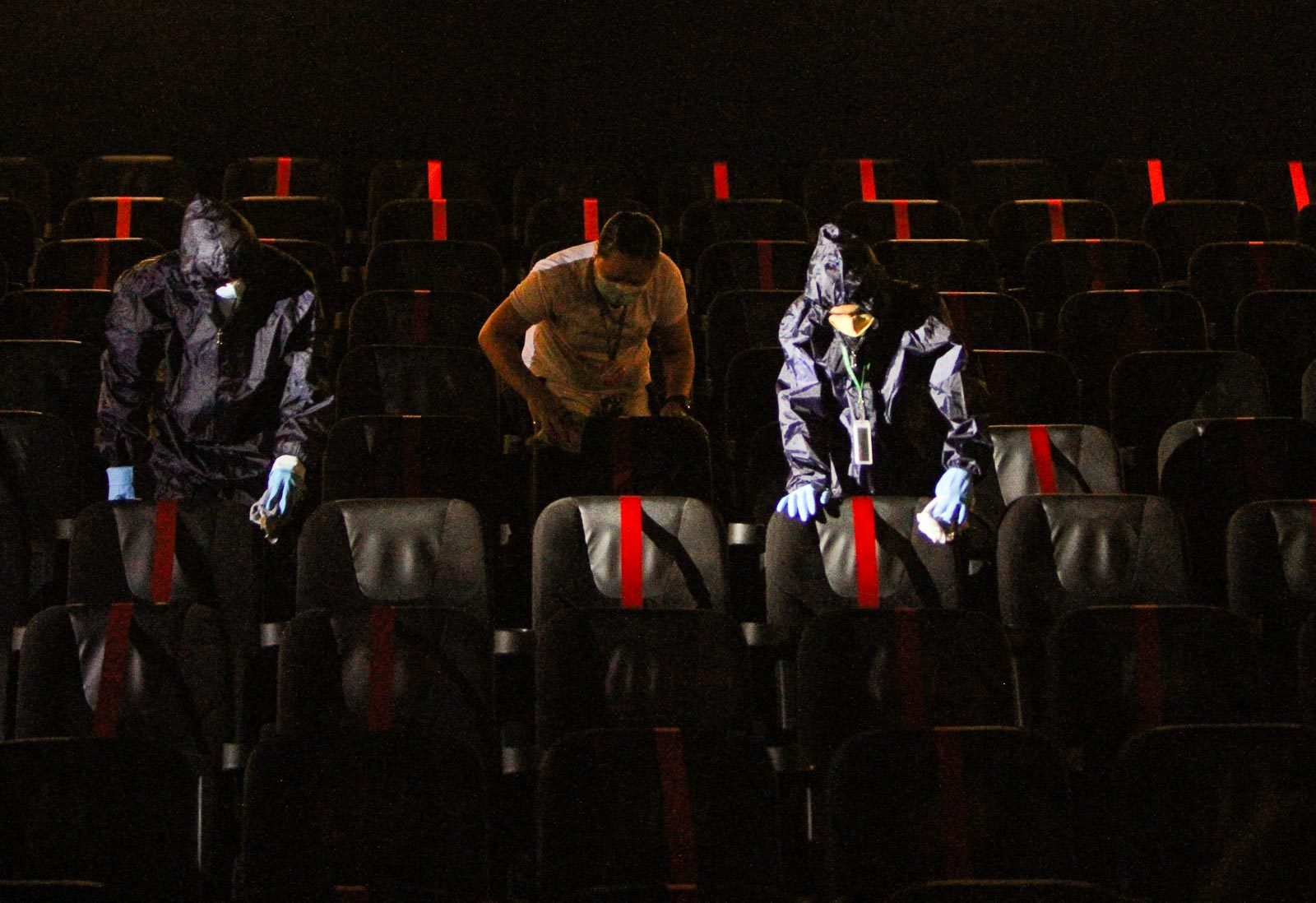
Coronavirus cases in the Philippines continue to hover in the 1,000’s to 2,000’s range as the government reopens Metro Manila and other urban hubs across the country, just in time for the holiday season.
In terms of where in the country health systems remained stretched, Cagayan Valley reported that their intensive care unit bed occupancy remained at high risk with 78% of beds currently filled. The Cordillera Administrative Region and Davao Region followed, with ICU occupancy at moderate levels or with at least 60% of beds occupied, while Mimaropa’s isolation bed occupancy is also at moderate levels.
Here’s what we’re watching this week of November 8, 2021:
Is a holiday surge possible?
After restrictions in Metro Manila were downgraded to Alert Level 2 over the weekend, malls were packed to levels that worried health officials of possible “super-spreader” events. Scenes of families returning to public spaces were common across different cities in the capital region, after the public had been unable to access venues like cinemas, museums, libraries, theme parks, as well as venues for social gatherings like weddings, parties, and debuts for over a year.
- The reopening of most business coincides with the holiday season, a drop in cases and hospital admission, and increased vaccination coverage in Metro Manila. It also comes after some of the grimmest months of the health crisis in the Philippines, where a surge in infections pushed daily cases and hospitalizations to record-breaking levels from late July to October.
- It’s been 20 months since the pandemic took hold, but we can’t put our guard down and forget minimum health practices like mask-wearing, observing good ventilation, and frequent hand-washing, said the Department of Health.
- “Improvements in case trends should not result in complacency. We must continue to strengthen local response in all areas to hammer down daily cases,” Health Undersecretary Maria Rosario Vergeire told reporters.
- The next few weeks can go two ways: a further drop in cases could see Metro Manila “de-escalate” further to Alert Level 1, or active cases in the country may shoot up again to 52,393 by mid-December. There are currently 30,544 active cases in the country today.
- Experts earlier warned that with cases still in the thousands-level, relaxing restrictions too quickly while neglecting to properly follow health protocols could see us lose gains from months of sacrifice and see cases surge once more.
Reaching the unvaccinated
The country’s vaccine drive may get a lot more complicated in the next few months with the expected rollout of booster shots and third doses before the end of 2021, vaccination of minors aged 12 to 17, and continuous vaccination of the adult population – all while under 30% of the total population is currently fully vaccinated.
- Reaching all the millions in these different groups aren’t mutually exclusive, but they draw from the same finite pool of resources when it comes to the number of vaccine doses available in the country and manpower required to administer them.
- In terms of prioritizing all these interests, health experts say protecting the unvaccinated should remain a priority, especially if we’re after stemming infections, disease, and transmission on a wide scale.
- “You have people rushing to get their third dose and yet you have a big number who are yet to receive their first dose. That’s not going to get us where we need to go. If the goal is to make sure we are all protected and the numbers are going to decrease, then there has to be a focused effort on giving everyone their primary doses,” pediatric infectious disease specialist and government adviser Dr. Anna Ong-Lim told Rappler.
- A recent survey done by the Social Weather Stations found that while 6 out of 10 of adult Filipinos said they were willing to get vaccinated against COVID-19, a sizeable portion of the population were reluctant (19%) or still unwilling (18%) to get a shot.
One more promising pill
Pharmaceutical firm Pfizer recently said its new antiviral pill was highly effective in treating COVID-19, making Pfizer the second treatment to demonstrate efficacy vs the disease after Merck’s molnupiravir pill.
- In a company disclosure, Pfizer said its pill, Paxlovid, cut the risk of hospitalization or death by 89% when given within three days after the start of symptoms. The treatment consists of three pills given twice daily.
- Treatments like Pfizer’s and Merck’s pills could eventually help countries bring down hospitalizations to manageable levels, especially when coupled with high vaccination rates.
- But because one needs to confirm they have COVID-19 to take such treatments, experts say this underscores the need for wide and accessible testing.
- In the Philippines, expensive costs remain one barrier to testing, along with the lack of safety nets such as paid or sick leaves for patients who may test positive for COVID-19.
- One thing we’re watching: will access to Pfizer’s pill be as wide as Merck’s? The latter recently inked a deal with a United Nations-backed group to sublicense the formula for molnupiravir to drug makers in 150 developing countries.
- On the New York Times, Pfizer said it was currently expecting to produce more than 180,000 packs by the end of 2021 and at least 50 million packs by the end of 2022, of which 21 million would be produced in the first half.
Vaccine supplies get a bump
The world’s largest vaccine manufacturer, the Serum Institute of India (SII), will resume exporting vaccines to the rest of the world after a months-long export ban had been implemented by the Indian government to keep doses in the country after a devastating surge.
- SII chief executive officer Adar Poonawalla told Axios that he expectsed low-income countries to start receiving COVID-19 vaccine doses manufactured by the firm this week.
- Axios reported: “Once shipments begin, Poonawalla said he expects to send around 30 million doses per month, to COVAX primarily.”
- Restrictions on SII’s experts hurt the COVAX global vaccine sharing facility badly since it banked on the company to supply most of its AstraZeneca doses.
- The export ban later saw delays in deliveries to many countries, including the Philippines. The government has also signed a deal for at least 30 million doses of Novavax’s vaccine to be manufactured by SII, though this still needs emergency approval. (Local regulators are waiting on more information from Novavax on its vaccine.)
- While supplies from SII will boost the number of vaccines available worldwide, Poonwalla called on other vaccine manufacturers to step up.
- Also on Axios, he said: “Why should only Serum Institute provide vaccines at a $3 price to the low-income countries?…. These are giant companies… they’ll still make billions of dollars of profits.”
- Read more on Poonwalla’s interview with Axios here.
In case you missed it: Some local government units announced they were scrapping the mandatory wearing of face shields in their areas, but the Department of Health (DOH) urged them to wait for the government pandemic task force’s decision on the controversial policy.
So far, Manila City, Davao City, Iloilo City, and Cebu City were among those that signed their own local orders dropping the mandatory use of face shields, except in certain places like medical settings.
Read more here:
– Rappler.com
Add a comment
How does this make you feel?
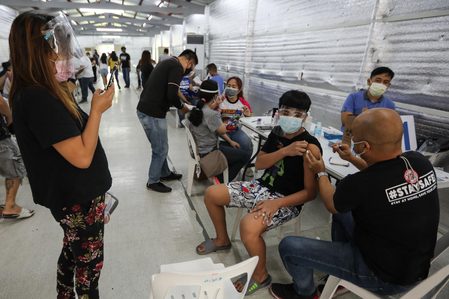
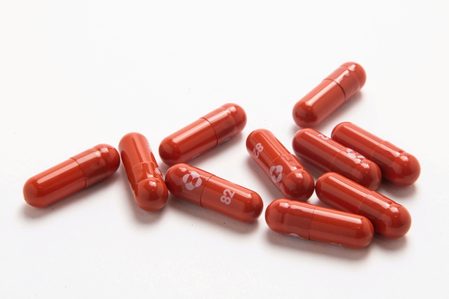
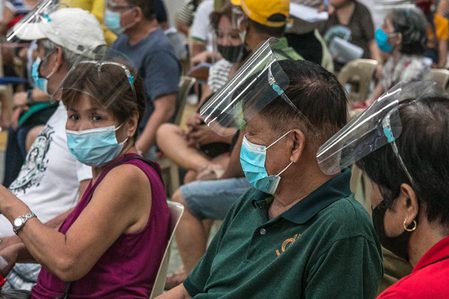

![[Rappler’s Best] US does propaganda? Of course.](https://www.rappler.com/tachyon/2024/06/US-does-propaganda-Of-course-june-17-2024.jpg?resize=257%2C257&crop=236px%2C0px%2C720px%2C720px)

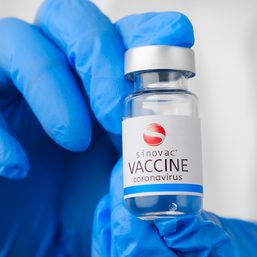


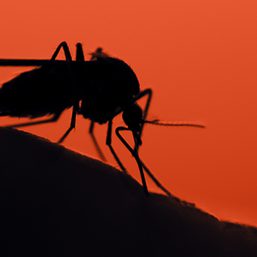


There are no comments yet. Add your comment to start the conversation.